Enslaved Africans’ sculptures brings slave history to life in Yonkers
Share
Explore Our Galleries
Breaking News!
Today's news and culture by Black and other reporters in the Black and mainstream media.
Ways to Support ABHM?
By Alexis Garrett Stodghill, TheGrio
“The history of slavery in America is epic,” African-American artist Vinnie Bagwell said about her project, The Enslaved Africans’ Rain Garden, a public art project planned for Yonkers, New York. The completed instillation will feature a group of life-sized statues depicting slaves, nestled in a stretch of green paths in the middle of the city.
“People think the South was evil for using slaves, but the truth is, the north was just as involved,” she told theGrio about the proposed garden. “What now makes up the tri-state area, this [area’s] economy, was tied to slavery. We are trying to show that.”
Models of five statues that illustrate this history have already been sculpted by Bagwell, but the project remains in a state of nascent development. Bagwell’s vision for the rain garden will require between $1.5 and $2 million to finish. When completed, the park promises to provide visitors with a beautiful place to remember an often-overlooked aspect of our history.
The original article discusses Bagwell’s art.
ABHM has an online gallery dedicated to Corey Ameen’s art for resistance.
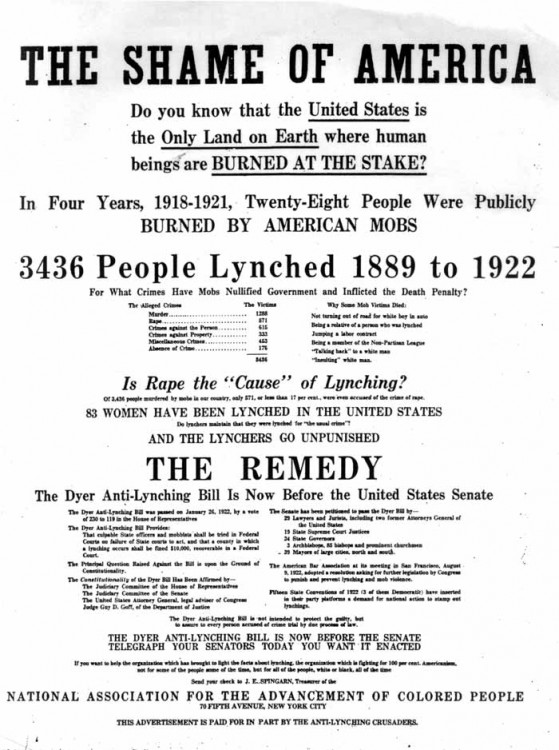
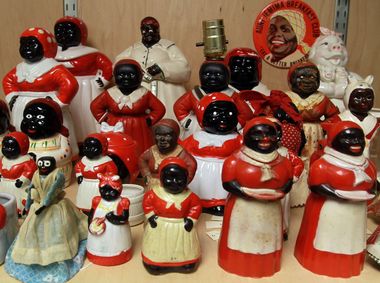


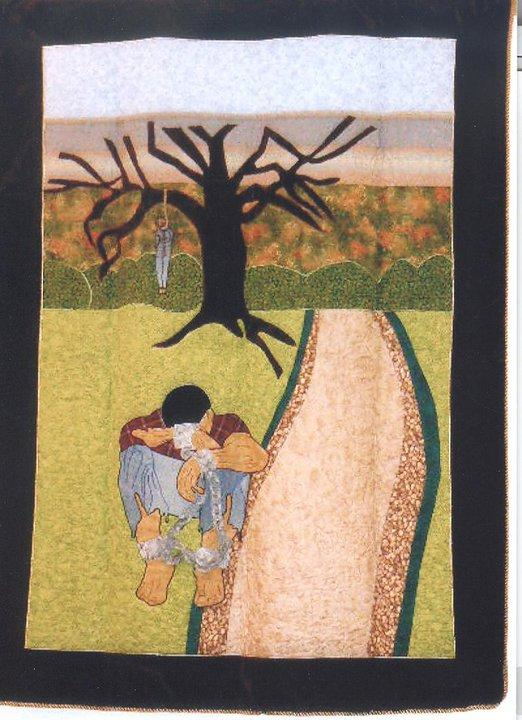
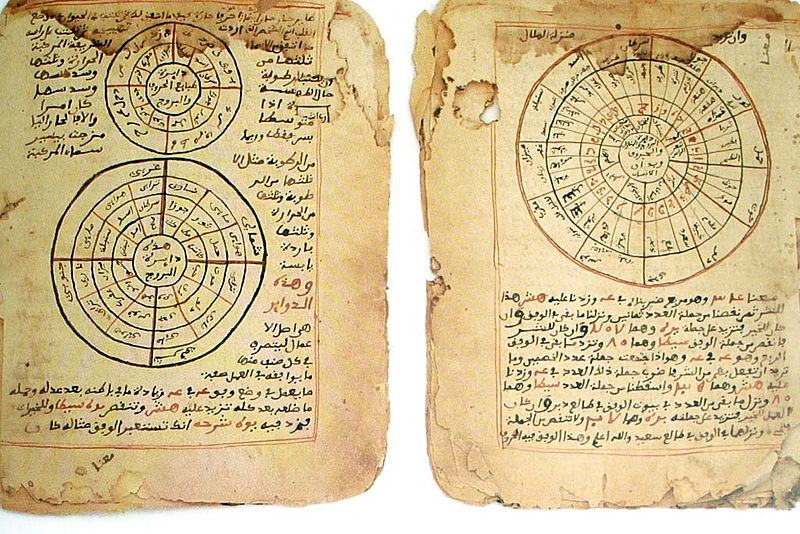
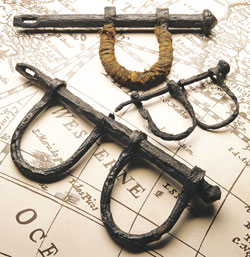


Comments Are Welcome
Note: We moderate submissions in order to create a space for meaningful dialogue, a space where museum visitors – adults and youth –– can exchange informed, thoughtful, and relevant comments that add value to our exhibits.
Racial slurs, personal attacks, obscenity, profanity, and SHOUTING do not meet the above standard. Such comments are posted in the exhibit Hateful Speech. Commercial promotions, impersonations, and incoherent comments likewise fail to meet our goals, so will not be posted. Submissions longer than 120 words will be shortened.
See our full Comments Policy here.